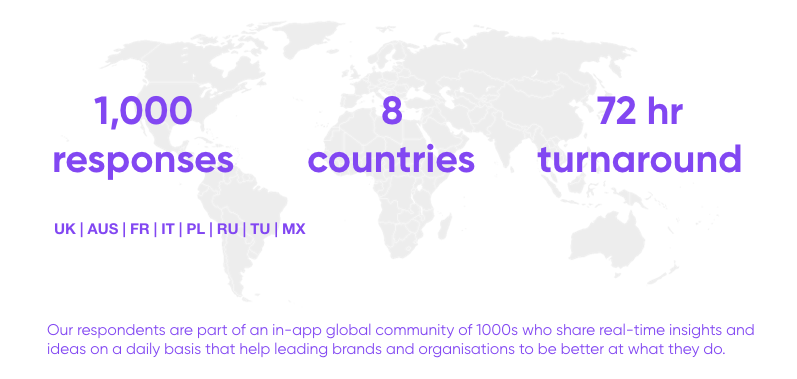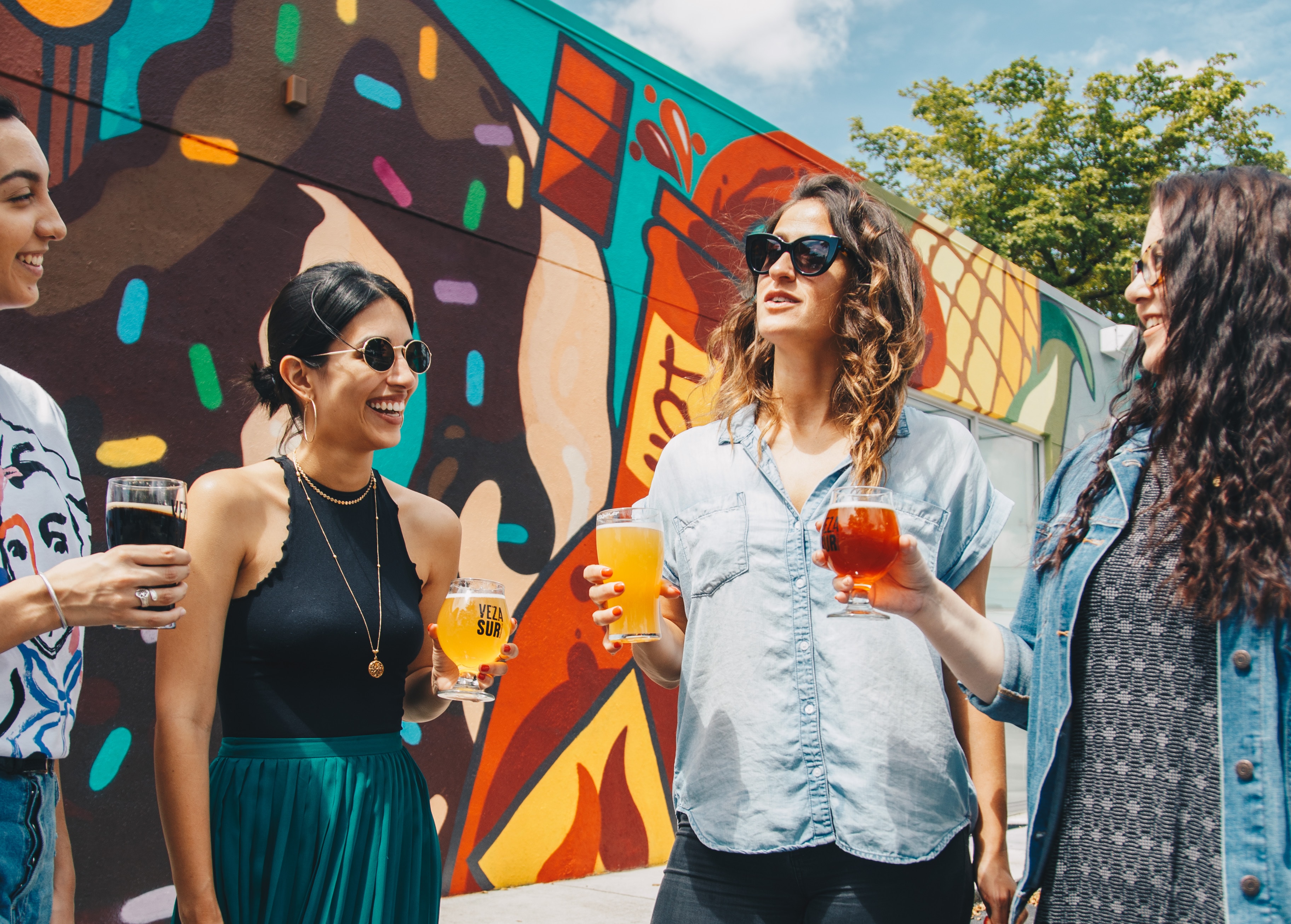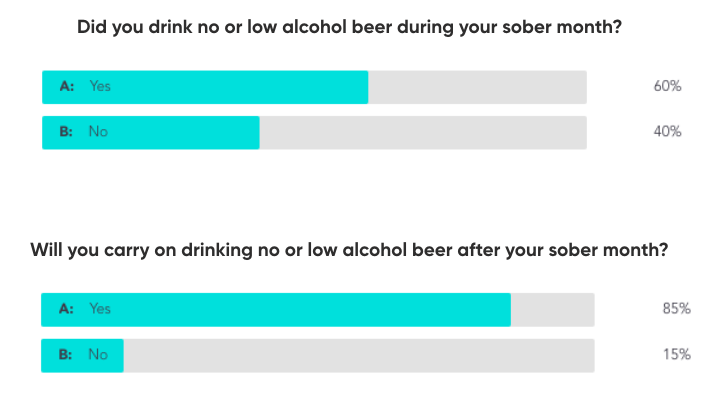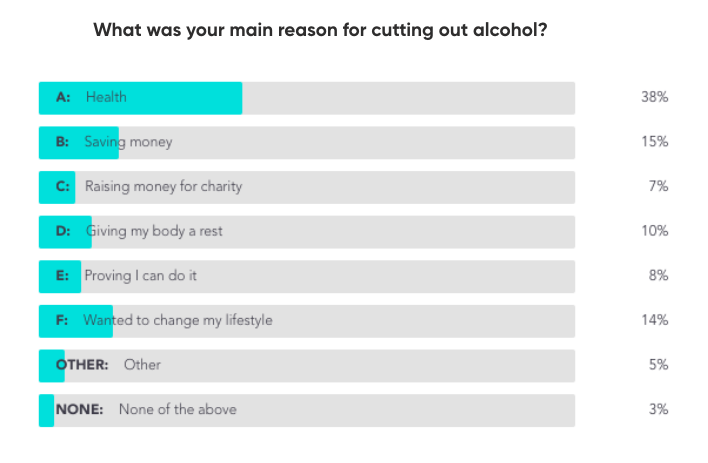Once upon a time, only boring people drank no-alcohol beer. And if you were driving, you’d have a Coke. But with the emergence of a younger generation that increasingly shuns booze (a third of under 25s don’t drink according to 2015’s health survey for England), and a wider focus on health and wellness among adults, the no and low-alcohol trend is becoming harder to ignore. And as drinks brands and supermarkets respond, we are seeing a serious boom in the ‘no-low’ category.
Last month, we asked our Bulbsharers if they’d taken part in the ‘Go Sober for October’ campaign, and whether during that time, they’d been tempted by no or low-alcohol beer to fuel their abstinence. We had over 1000 responses from 8 different countries. This is what they told us…

Socially acceptable
60% of our Bulbsharers who went sober for October said they drank no or low alcohol beer during that time. And when asked, would you continue to drink non-alcoholic beer after their sober month, 85% said they would.
Our Bulbsharers are just part of a trend that has seen more acceptance around alcohol-free drinking, a bigger appetite for no and low alcohol drinks and a significant growth in the ‘no low’ category. According to a BBC report, UK sales of low and alcohol-free beers jumped 28% in the year to February 2019, something that is replicated across Europe, while a 2018 survey from OnePoll tells us that 52% of Brits said drinking no alcohol beer has become more socially acceptable.
Changing attitudes
The key driver when it comes to this trend is overwhelmingly health. Almost 65% of our Bulbsharers cited health or health-related reasons as their main motivation for their month off booze, and in our anecdotal responses over 70% of answers mentioned either the negative effects of alcohol on physical and mental health, or the positive impact of abstaining.
Coupled with this, we are seeing a whole new climate of acceptance around ordering alcohol-free drinks in bars and pubs, and a change in attitude that’s breaking down the associations between ‘occasions’ and drinking. Our Bulbsharers told us they’d go ‘no low’ across a variety of occasions, from house parties and nights in to picnics in the park and festivals – and that alcohol-free options help them to keep a clear head but still feel ‘part of the atmosphere’.
New category
No low is officially booming. In response to these changing attitudes around alcohol, we are seeing a revolution in zero percent and ultra-low options – from super premium, super artisanal low-alcohol beers and stouts, to booze-free, botanical cocktails, wines and spirits that boast about added health benefits. And increasingly, bars, pubs and supermarkets are responding – with 2019 seeing the emergence of ‘no low aisles’ in supermarkets, as well as alcohol-free happy hours in bars.
Bulbsharers welcoming this trend tell us that no and low alcohol drinks taste just as good, or that – like the first time you taste beer or wine – it’s just a matter of getting used to it. Rather than trying to think they are drinking alcohol, our users enjoy the knowledge that they are not drinking booze and that they won’t suffer any of the associated effects, such as bloating, memory loss, ‘losing control’ or having a hangover. And the growing range of alcohol-free options available means for those wishing to not drink, any occasion is catered for.
Key quotes:
“Once I could not imagine meeting my friends without beer, lunch without wine or dinner without champagne…” (Bulbshare user)
“I like (zero alcohol beer) a lot because I feel like I am drinking a normal beer. I choose (it) because I want to be responsible in my consumption… My enjoyment is not being drunk but simply having a good time and enjoying a good drink…” (Bulbshare user)
“It tastes just as good without the alcohol…” (Bulbshare user)
“I actually wanted to feel I was (drinking) beer that wasn’t really alcoholic – drinking without getting drunk or bloated…” (Bulbshare user)
“They (zero alcohol beers) are delicious, they have many flavors and they are really refreshing. Thanks to these beers, at parties I don’t feel excluded…” (Bulbshare user)
“I like to drink more and more non-alcoholic beverages because we have plenty of choices nowadays compared to the last ten years…” (Bulbshare user)
“I still love my beer but simply can’t tolerate the alcohol any longer. The older I get the less I can handle it. (No alcohol) products are perfect for those of us who love beer but not the traditional problems that can come from it.” (Bulbshare user)
Key take-outs
- Our Bulbsharers are drinking no and low alcohol products at all the same occasions as they would drink alcoholic drinks. From festivals to nightclubs to picnics in the park, no low marketing should encompass all the occasion-based messaging used in the traditional alcohol category.
- Taste is a major concern for our Bulbsharers. They are looking for products that replicate the experience of drinking alcohol, and have an ‘authentic’ flavour that is as close as possible to the real thing. Authenticity, heritage, taste and flavour should be key touch points for any marketing messaging.
- No low drinkers still want to have a fun – telling us that drinking no and low alcohol alternatives helps them to feel part of the party. Marketing and messaging should focus on fun. No low means staying in control, but it does not mean boring.
- Health is the key driver. While alcoholic drinks cannot refer to health benefits, no-alcohol products should focus heavily on well-being and feel-good messaging.



